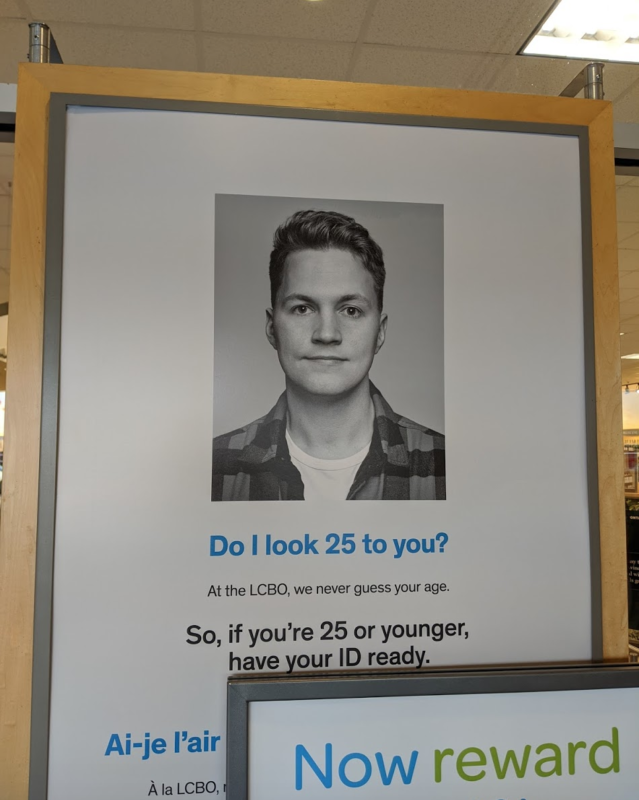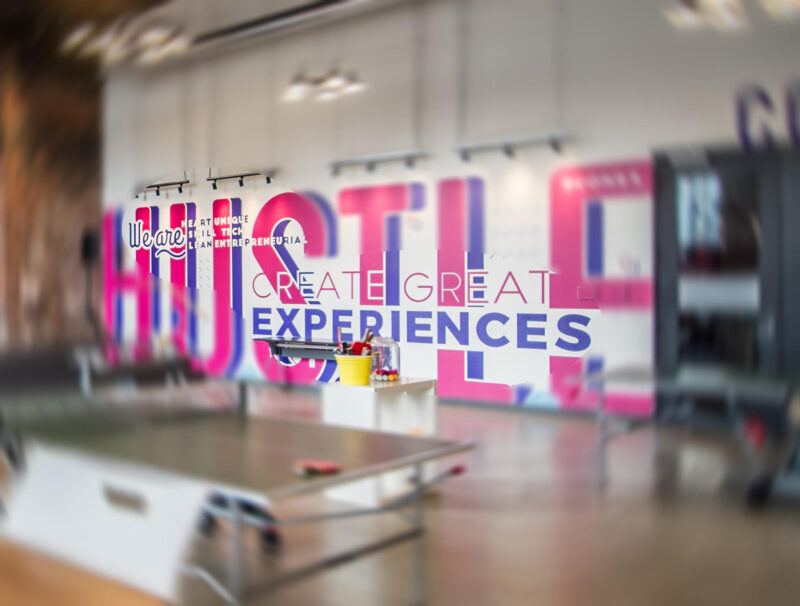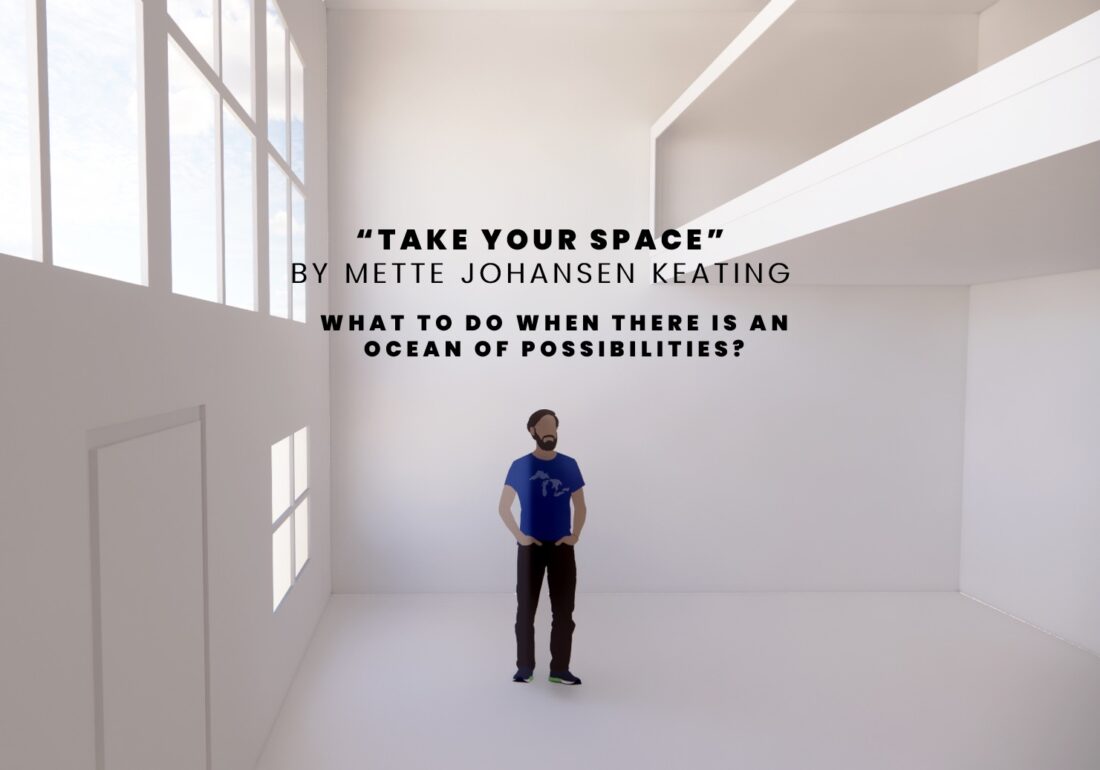Have you ID’d your organization lately!?
|
Most of us in Ontario are familiar with the LCBO campaign justifying clear identification in determining age when buying liquor… but what about Organizational Identity!? |
 |
Organizational identity, even when well defined, seems a little trickier in that it is something true and organic for sure but it is not as absolute or undeniably decided by a birth certificate or driver’s license. In the pre-pandemic world we spent a lot of time with organizations in helping them define their identity so that the workspaces that we designed and built would inspire all that enter to understand, embrace and get excited about that identity.
Often as we explored this with our clients it felt, to begin with, like something rather abstract and too easily regarded as a branding exercise in exposure to a market. But while organizational identity is often closely tied to brand, it’s in fact deeper and more about how the organization sees itself. The most commonly referenced definition of organizational identity is that describing it as those central, enduring and distinctive characteristics (“CED”, Albert & Whetten 1985) that, like our birth certificates, identify a unique entity. As an organization, it answers the question “Who are we?”. And these days, we thought it would be a topic most leadership groups and individuals might be struggling with quite naturally with physically distributed workforces.
Organizational Identity is important. It’s about character, personality and values and it is a foundational driver of culture. Organizational culture I heard described wonderfully just recently (briefly paraphrased here) as the behaviour that leads to decision making (Hilton Barbour, LinkedIN) and in organizations as in life, we need to be true to thyself. The anchor of good culture is a tangible, strong and clear identity that makes it easy to recognize when an organization might be acting ‘out of character’. A strong identity makes decision making much easier.

The thing about organizations is that they are made up of multiple human beings and while there are of course lots of ways to express identity, one of the primary ways is with visual queues in a workspace. So how do we establish, develop and sustain a strong identity when we’re spread out physically all over the map and we are far less connected naturally to an identity that was previously realized mostly through sharing organic social and collaborative time together? It seems that organizational identity might be getting a bit blurry these days…
If you are an organizational leader and have a strong organizational identity what are you doing to sustain that identity? Even if the answer is unclear, it’s an important and timely question to ask.

